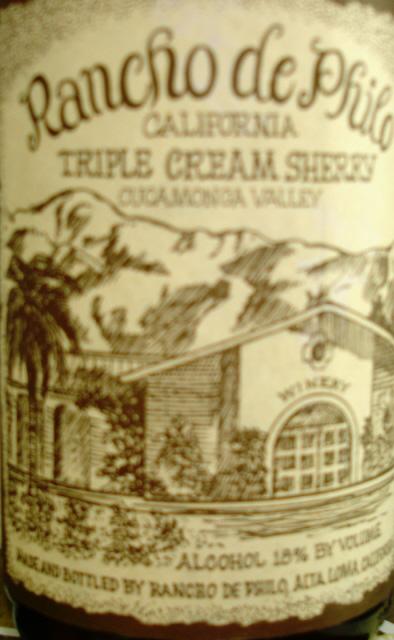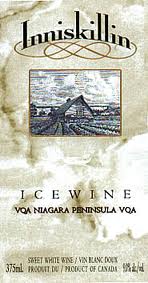Creators Syndicate
The beauty of the holiday season, in my humble opinion, is the sheer scope of the Epicurean possibilities. The season of festivity stretches on for several weeks and gives me an excuse to indulge in myriad adult beverages of great import, and we end it all with firm resolve to undo the damage to the waistline in the coming year.
 It is at this time of year that I permit myself the sinful pleasures of decadent ports and sherries, exquisite single-malt scotch, and the occasional snifter of cognac or Armagnac, libations that I generally save for special occasions.
It is at this time of year that I permit myself the sinful pleasures of decadent ports and sherries, exquisite single-malt scotch, and the occasional snifter of cognac or Armagnac, libations that I generally save for special occasions.
This year, I am especially focused on the dessert wines in my cellar, for it has been an exceptional time for these delicious but often misunderstood gems. It is my sense that our wine culture has evolved in recent years and that more wine enthusiasts are coming around to the proposition that there is a time and place for sticky sweet wine. Twice this year, I have witnessed professional wine judges vote dessert wines the top award at a major international wine competition.
In April, the Rancho de Philo Triple Cream Sherry ($35) won the honor as Wine of the Year at the 28th annual San Diego International Wine Competition. In September, Inniskillin’s 2007 Vidal Icewine ($60) received the same accolade at the third annual Sommelier Challenge. Both dessert wines triumphed over prestigious and ostensibly more popular dry table wines.
Of course, their remarkable successes in those two wine shows begged the questions: When do you drink those wines, and with what?
The time to drink them is now. What to drink them with is a matter of personal preference. I plan to serve the Inniskillin ice wines I’ve stashed with savory cheeses. To my palate, these wines are so sweet they are a bit of overkill when served with a dessert course. You can do it, and you may well come up with an exceptional match, but runny, smelly cheeses make the best match for me. Besides the winning Vidal ice wine, Inniskillin also won Platinum awards with its 2006 Vidal Gold Icewine ($77) and its 2007 Riesling Icewine ($80).
 The Inniskillin ice wines are made in the Niagara Peninsula region in Ontario, Canada, from grapes, as the name suggests, that have frozen on the vine before they were harvested. This technique concentrates the sugars and flavors, and produces intensely sweet and flavorful dessert wines that are much prized by connoisseurs. Note that the prices are for 375 ml bottles and that the alcohol by volume of the ice wines is below 10 percent for each, making these wines easy to enjoy after a big holiday feast because they don’t pack huge alcohol wallop.
The Inniskillin ice wines are made in the Niagara Peninsula region in Ontario, Canada, from grapes, as the name suggests, that have frozen on the vine before they were harvested. This technique concentrates the sugars and flavors, and produces intensely sweet and flavorful dessert wines that are much prized by connoisseurs. Note that the prices are for 375 ml bottles and that the alcohol by volume of the ice wines is below 10 percent for each, making these wines easy to enjoy after a big holiday feast because they don’t pack huge alcohol wallop.
Rancho Cucamonga’s Triple Cream Sherry has been one of the most consistent winners in my nearly 20 years of wine competition experience.
It is made with mission grapes, using the solera method that is familiar in southern Spain, and the wine is fortified, coming in at 18.5 percent alcohol by volume. I sometimes serve it with creme brulee or flan to pick up on its seductive spiciness. It is also good with mild cheeses or candied nuts, but more often than not I simply sip it as a digestivo in front of the fire after dinner.
8
